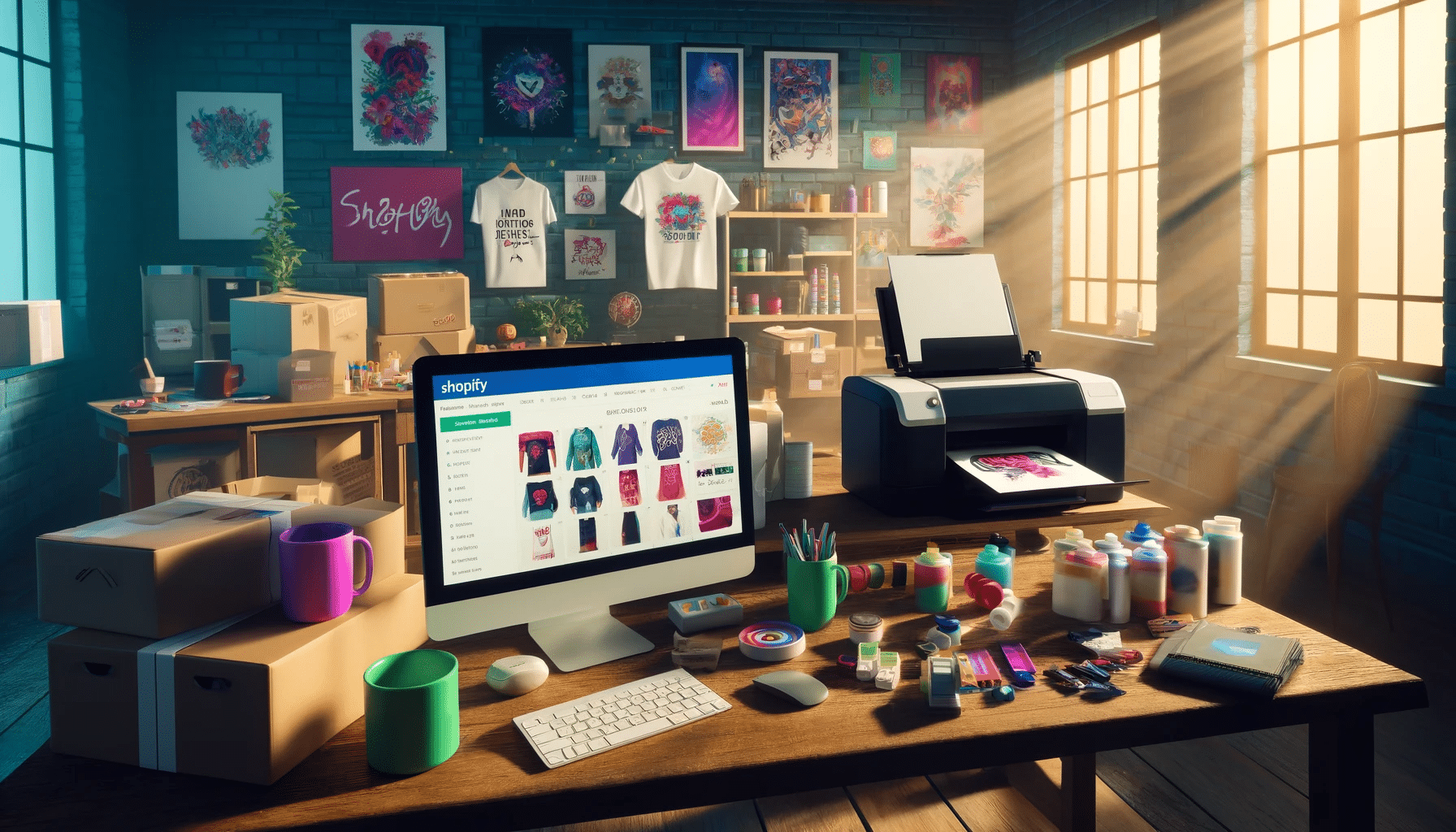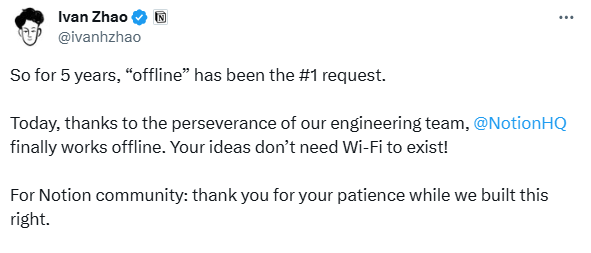Are you planning to open your own online store in 2025? It’s easier than ever to start your own business thanks to the rise of e-commerce sites like Shopify. The Shopify Boutique Startup Guide will help you every step of the way if you’re ready to open your own online store.
We will talk about the most important tips that will set you up for success in this book. These tips will help your business stand out and do well in the crowded e-commerce market, whether you’re just starting out or want to make your current store better.
What is a Shopify Boutique
A Shopify boutique is an online business that sells fashion, jewellery, beauty products, or unique handmade items using Shopify’s e-commerce platform. These businesses are often tiny, carefully selected establishments that specialise in delivering one-of-a-kind or high-quality items to a specialised clientele. Boutique owners can use Shopify automation to effectively operate their businesses, process payments, monitor sales, and do other operational chores without requiring substantial technical expertise.
Automation capabilities simplify procedures like inventory management, order fulfilment, and marketing, enabling boutique owners to concentrate on developing their companies.
10 Essential Tips for Shopify Boutique Startup
Starting your own Shopify shop is a great prospect, but navigating the e-commerce world takes meticulous preparation and strategy. The 10 important ideas below are intended to assist you through each step of creating your boutique, from selecting the proper niche to growing your company for growth. Whether you’re just starting out or trying to improve your current shop, these recommendations will give you with useful knowledge to help you build a profitable, customer-focused company in 2025.
1. Choose a Niche You’re Passionate About
When beginning your Shopify boutique, it is important to choose a specialty that is relevant to your hobbies. When your company is based on something you actually care about, it will be simpler to remain motivated while you navigate the hurdles of creating and operating an online shop.
However, it is equally important to strike a balance between your passion and market need. It is critical to choose a niche that not only interests you but also has development potential. Investigate new trends and determine if there is a committed audience for the things you want to market. Sustainable fashion, handcrafted accessories, and niche cosmetic items are some examples of expanding areas.
By selecting a niche that finds the proper mix between personal passion and market need, you’ll lay the groundwork for a successful and sustainable boutique.
2. Identify Market Gaps
Finding gaps in the market can give you a big edge in the competitive world of e-commerce. Take some time to look at your rivals and ask yourself what wants they’re not meeting. Are there items that people really want but can’t seem to find?
You can offer unique goods or services that directly meet the needs of your target audience if you can find these gaps. This plan will not only make your Shopify store stand out, but it will also give you an edge over other stores in the same niche.
By filling in holes in the market, you can find an area that customers will love and that will keep them coming back.
3. Write a Solid Business Plan
It is very important to make a detailed business plan before starting your online store. A well-crafted business plan acts as a roadmap, providing direction and ensuring that all aspects of your business are well thought out. It helps you define your goals, understand your target audience, and manage your resources effectively.
Your business plan should include the following key points:
- Target audience: Clearly define who your ideal customers are and their specific needs.
- Marketing strategy: Outline how you will reach and engage your audience through various channels.
- Product sourcing and inventory management: Detail where and how you will source your products and how you will manage stock levels.
- Financial projections and goals: Include forecasts for revenue, expenses, and profitability to ensure your business is financially viable.
A thoughtfully prepared business plan will not only guide your operations but also keep you focused and organized as your boutique grows.
4. Select Your Product Sourcing Model
Your Shopify boutique’s operations will be shaped by your choice of product sourcing methodology. You can choose from a number of models, each with its own pros and cons:
- Dropshipping: With dropshipping, you don’t have to keep any stock on hand. Since the goods are sent straight from the supplier to the customer, there aren’t as many costs for overhead and storage.
- Private Labelling: With this method, you buy goods from manufacturers and put your own name on them. This gives you more control over how the product is branded, but it also means you have to be more involved in operations and quality control.
- Handmade Goods: You can plan and make your own goods if you know how to make one-of-a-kind things. This gives you full power over the result, but it takes longer and requires more work to make.
There are pros and cons to each buying model, so it’s important to pick the one that fits your business goals, budget, and resources. When making this choice, think about things like how to handle supplies, how scalable the business is, and how involved you want to be in making the product.
5. Build a Strong Brand Identity
Branding is a very important part of running a successful Shopify store. It’s not enough to have a design or a catchy name. Your brand identity should reflect your boutique’s basic values, aesthetic, and mindset. Customers will connect with a clear brand, and it will help you stand out in a crowded market.
- Brand Values: Write down the values that your shop stands for. Do you care about the environment, welcoming everyone, or luxury? The ideals of your business should match the views and goals of the people you want to reach.
- Brand Voice: Decide on the voice and tone you will use to talk to your audience. A voice that stays the same is important for building a strong brand personality, whether it’s friendly, professional, or on-trend.
- Visual Identity: Your brand, website design, and product packages should all have the same look. This is called visual identity. Please make sure that these parts not only look good, but also fit with the style of your store.
Building trust and loyalty through a strong company personality is important for long-term success. Building a strong, recognisable brand will help you connect with your customers on a deeper level and leave a lasting impact.
6. Set a Competitive Pricing Strategy
Setting the prices of your items is a very important choice that will have a direct effect on the success of your store. Setting prices in a way that makes sense is important for both making money and keeping customers happy, even though it can be hard to do. Several important things should go into your pricing:
- The cost of things sold, making sure that your prices cover the costs of making, selling, and running the business while still leaving room for a profit.
- Competitor price tells you how much similar goods are selling for on the market and helps you stay competitive without selling your products for too little.
- Customer standards, making sure that your prices are in line with what your ideal customers are ready to pay, and keeping the item’s value in their eyes.
- Your business goals, including whether you want to make your store known as a high-end brand or offer more cheap items to attract a wider range of customers.
One good way to do this is to use tiered prices for different types of products. For example, you could sell high-end items at high prices while also having cheaper choices for people who want to save money. With this plan, you can serve a lot of different types of people and still make a lot of money.
7. Create an Exclusive Online Store
Your Shopify shop is the online storefront for your business, so it needs to look good and be easy for people to use. A well-thought-out store should make it easy and natural to shop there. Setting up and customising your shop is easy with Shopify, so even people who aren’t tech-savvy can make a great website.
Many people who shop online do so on their phones, so make sure your business is mobile-friendly to make the experience better for those who use them. To make it easier to buy something, the design should focus on making it easy to navigate, loading quickly, and having clear calls to action. Good shots of products help customers picture what they’re getting, which leads to more sales.
Visitors will become loyal customers if the business is well-run, skilled, and puts user experience first.
8. Use Social Media for Marketing
Using social media to sell your Shopify store brings in more customers. You can reach people, sell your products, and make your business more well-known on Instagram, Facebook, and TikTok.
To get people’s attention and show how valuable a product is, you need high-quality photos and movies. Having sure stars work with your business could help get the word out and reach more people. Influencers tell a larger, more specific group of people about shops.
You can also target specific types of customers with ads on Facebook and Instagram, which will bring people to your online business. With Shopify’s social media connections, it’s easy to sell directly on Instagram and Facebook, which helps you reach more people and make more money.
9. Plan a Reliable Shipping Strategy
Customers will be happy and come back if the package is solid. Before you open your store, make sure you have a good delivery plan in place to avoid bad reviews and lost sales.
To meet customer needs, you might want to offer fast or foreign shipping. Being clear about transport costs will keep people from leaving their carts. Many shops may see more sales and bigger purchases when they offer free shipping on orders over a certain amount.
Make sure your arrival times are always the same and meet your clients’ standards. Customers want things delivered quickly, so make sure that the way you ship them is reliable. A well-thought-out delivery plan could make your customers happier and set you apart from the competition.
10. Scale Your Marketing Efforts
When your Shopify store opens, you should do more marketing to get more people to know about it and buy from you. Marketing strategies that work will reach the right people and turn potential customers into loyal ones.
Email marketing is still a big way to connect with customers. By building an email list, you can send deals, new products, and material that is useful to your community.
For free traffic, SEO is also important. To move up in the search engine results, use buzzwords in your shop pages, blog posts, and product details.
You can get more people to your site and establish your shop as an expert in its field by starting a blog, writing style guides, or giving style tips. Marketing through more than one medium can help you reach more people and grow in a way that lasts.
Why Choose Shopify for Your Boutique?
Shopify is the best tool for running a successful online store because it has many features that will make your business run more smoothly. You can quickly set up your store with little technical knowledge thanks to the easy-to-use interface. There are also themes that you can change, so your boutique’s online appearance will be unique and appealing to the people you want to buy from you.
Paying for things is also easy because Shopify supports many payment methods, making it easy for customers to finish their purchases. Shopify also has a lot of marketing tools, like built-in SEO and data, that can help your shop grow by getting more customers, ranking higher in search results, and running more efficiently.
Conclusion
Starting an online boutique with Shopify is an exciting experience, but success does not happen immediately. By following the advice in our Shopify Boutique Startup Guide, you’ll be well on your way to building a successful e-commerce firm by 2025.
Remember that success demands effort, a sound business strategy, and a customer-centric attitude. Stay focused, keep learning, and, most importantly, stick to your brand!












